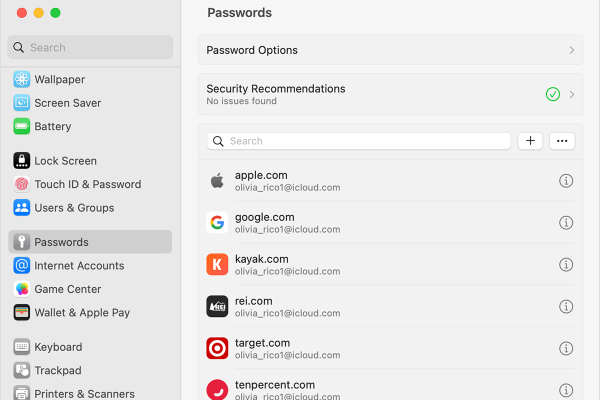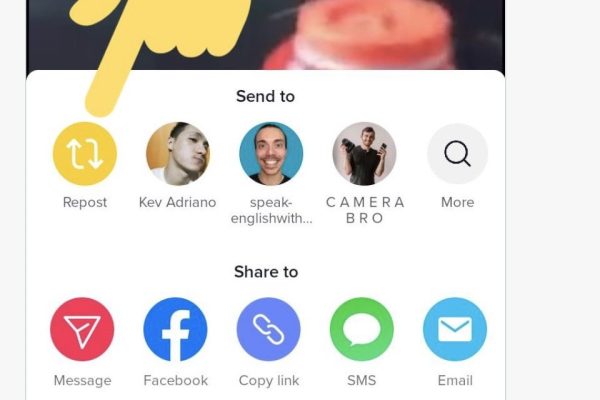Intro: Have you ever been in a situation where your favorite website is blocked? It can be frustrating when you can’t find a way to get around the censorship. It’s no secret that several countries worldwide engage in internet censorship. It can make it challenging to browse the web or access certain websites, mainly if they are critical of the government. However, there are ways to avoid these restrictions and continue using the internet as usual. In this blog post, we’ll explain how to do just that as internet censorship.
1. Use a VPN to encrypt your traffic and keep your data private- internet censorship:
VPN stands for Virtual Private Network. It enables you to connect your computer to a server run by a commercial VPN provider. Once you have established a connection to the VPN, all of your internet traffic is routed through that server. In other words, anyone who’s interested in monitoring what you do online will see that you’re connected to the VPN server but will not be able to see which websites you visit. It makes it much more difficult for your internet activity to be tracked and recorded. Free VPN services are available, but these tend to be significantly slower and less reliable than paid ones. It can help you visit websites anonymously by essentially creating an encrypted “tunnel” between your computer and the website that you are trying to access. It makes it more difficult for someone to monitor or spy on your internet traffic, which could be helpful if you’re worried about where your data is headed. There are many different VPN providers. You can also try ProtonVPN, which is an excellent choice for beginners.
2. Access blocked websites by using a proxy server:
A proxy server is an intermediary between you and the internet at large. The censoring party will only see traffic coming from the proxy server instead of your computer by routing your requests through a proxy. There are different proxies; each works differently and serves its unique purpose. Proxy servers can be helpful when trying to access blocked websites: for example, you can use https://proxy-rarbg.org/ to access a torrent website. The reverse proxy is also used to unblock websites, but this method works slightly differently than the first one. You connect to a reverse proxy server that then connects you with the website you want to access. 99% of the time, when you see a movie or download a song from an illegal site, it is shared through a proxy service.
3. Use Tor to browse the internet anonymously:

Tor is a system that lets you access the web anonymously. It works by sharing your connection through several servers, so no single site knows where you are or who you are. Tor also encrypts your traffic, preventing anyone else from seeing what you’re doing online. It makes it very difficult for hackers to track your activity and means that sites on the Tor network can’t see your data. To use Tor, you’ll need to download the browser available from getTor. It will install a copy of Firefox configured to work with the Tor service. Just open it up and begin browsing the web as usual – all traffic will be routed through this browser. You can check out our guide on how to use Tor here.
4. Download and install a browser extension:
Adblocking extensions are readily available for most browsers, although if you use Google Chrome, it’s best to look at the Adblock Plus site. It isn’t an ad blocker in the conventional sense – rather than stopping certain ads from appearing on your screen, it blocks all trackers attached to websites you visit. It also helps protect your privacy by intercepting cookies and other data collection methods. It isn’t possible to recommend a single adblocker that will work for everyone, so it’s worth doing some research on your preferred browser before installing an extension. (www.laserdocmd.com) There are also add-ons available for most major web browsers to prevent you from visiting known malicious sites.
5. Use an SSH tunnel to encrypt your traffic:
If you’re using a public Wi-Fi network, it’s essential to take every precaution possible. Using an SSH tunnel is one of the most effective ways to encrypt your traffic and prevent third parties from monitoring your activity online. You can configure your VPN or SSH server to route all of your traffic through it. It includes everything from browsing the web to sending emails and even torrenting files. If you’re interested in this option, the h tutorial on setting up an SSH tunnel is a great resource.
6. Use a different DNS- internet censorship:

One method that can be used to avoid censorship is changing the DNS (Domain Name System) settings on your computer. Each time you visit a website, your computer automatically looks up that site’s IP address and displays the corresponding web page. Your Internet Service Provider usually handles this process, but sometimes specific sites will be blocked by your ISP’s DNS servers. If this is the case, you can override those settings to use a different DNS server, such as Google Public DNS or OpenDNS. You can read more about how to do this here.
Conclusion:
There are many tools available that can help you get around censorship, but unfortunately, none are 100% effective. If you want to continue using the internet, as usual, make sure to follow our guide above and stay informed.











